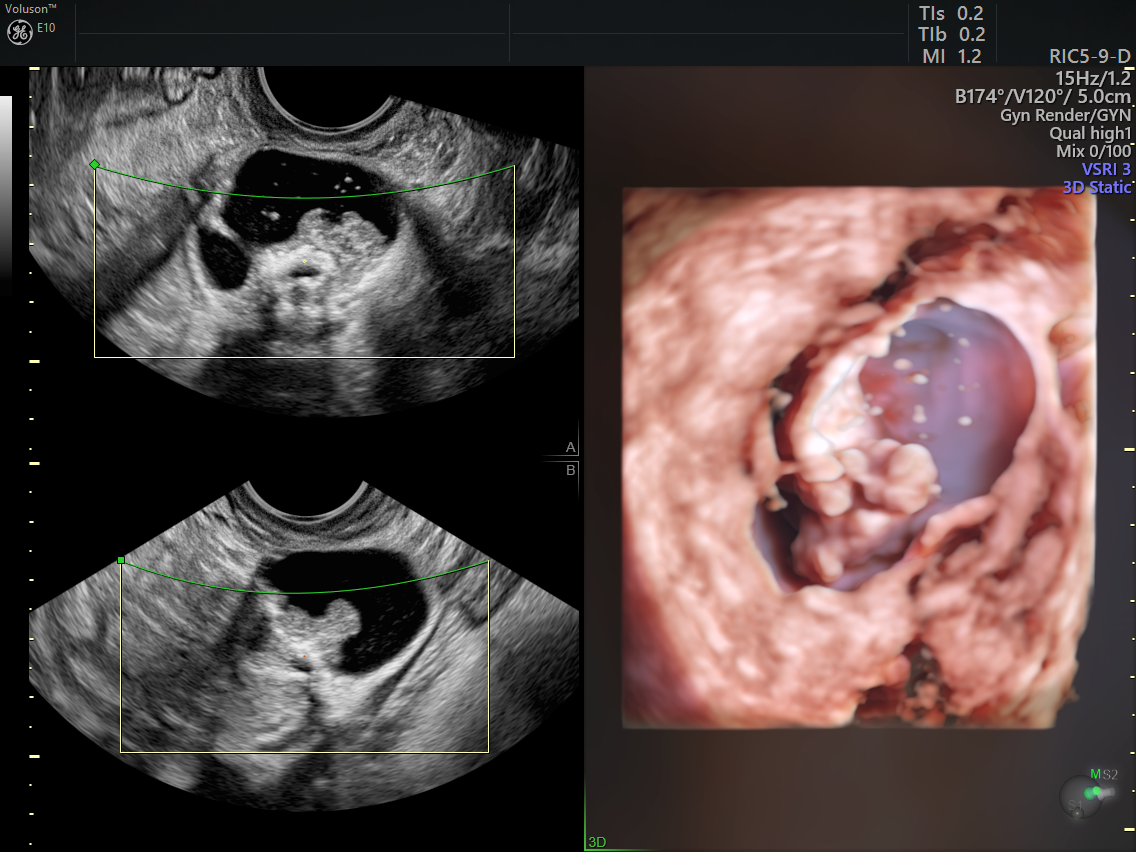For some women, the specter of ovarian cancer looms large. According to the American Cancer Society, an estimated 1 in 78 women will develop the disease within her lifetime. Ranking as the fifth leading cause of cancer deaths among women, it is the deadliest of all female reproductive system cancers.
With numbers like these, it's crucial to address ovarian cancer risks not just in postmenopausal women, but also in patients of all ages. Here's a look at the most pressing concerns within each major age group.
Adolescents at Relatively Low Risk
An ovarian cancer diagnosis is especially rare in young women between the ages of 15 and 19, but it can occur. That said, some forms of ovarian cancer are more likely to affect this age group than others.
Germ cell tumors, which typically only affect one ovary, are the most common type of ovarian cancer found in teenage girls and young women. Like most forms of ovarian cancer, germ cell tumors tend not to cause noticeable symptoms in the earliest stages. When symptoms do occur, they can include swelling, bloating, discomfort in the abdomen, feeling full after eating and urinary problems. Patients should undergo a pelvic exam and further testing if such symptoms last more than a few weeks. Fortunately, germ cell cancers tend to have a good prognosis when treated.
Women of Reproductive Age
Ovarian cancer is also less common in women of reproductive age, but it can and does still affect women in their childbearing years. Most ovarian masses in this age group turn out to be benign ovarian cysts, which can be addressed with hormonal treatments or surgery.
However, women in their 20s, 30s and 40s can develop cancer as well. Depending on the patient's age, this can include germ cell tumors and epithelial tumors. The latter grow from the cells that line the outer surface of the ovary and comprise the majority of ovarian cancers. Women of reproductive age can also develop malignant stromal tumors, a rare type of cancer that forms in the structural tissue cells that hold the ovary together and produce estrogen and progesterone. Premenopausal women should watch for vague symptoms, such as abdominal bloating, constipation and urinary concerns, and seek medical care if they persist.
Higher Ovarian Cancer Risk in Postmenopausal Women
Postmenopausal women are at overwhelmingly higher risk of developing ovarian cancer. Most of these tumors form after menopause, and about half of women diagnosed with this disease are age 63 or older. Postmenopausal women are most likely to develop malignant epithelial cancer, a risk that increases if they have a family history of the disease, are obese, have used supplemental estrogen-only therapy for long periods of time, or have the BRCA1 or BRCA2 genes.
The symptoms of ovarian cancer in postmenopausal women are similar to those in younger women. They can also experience unexplained vaginal bleeding, which warrants an expert evaluation. Gynecologists should remind their patients that regular pelvic ultrasound exams are still important even after they've experienced menopause.
The risk of ovarian cancer increases with age. Although symptoms are often vague and nonspecific, gynecologists should be sure to educate patients of all ages about the risk and evaluate those who report these signs and symptoms.

Adnexal Mass





